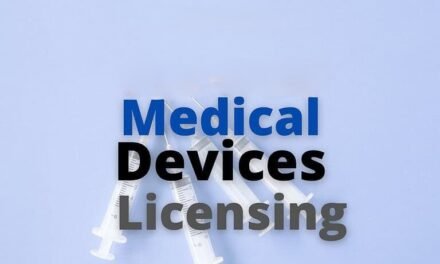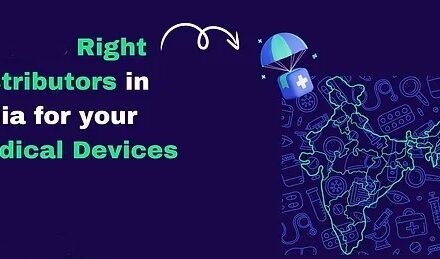
How do you handle unexpected costs or changes in scope for Medical Device?

Handling unexpected costs or changes in scope in medical device projects requires careful planning, clear communication, and robust contract management. Here’s a structured approach to effectively manage these challenges:
1. Clear Initial Project Scope and Documentation
- Detailed Specifications: Begin with a comprehensive and clearly defined project scope. Document all expected deliverables, timelines, and specifications in detail.
- Change Control Procedures: Establish and agree upon change control procedures upfront. These should outline how changes in scope or specifications will be managed, assessed, and approved.
2. Robust Contractual Agreements
- Flexible Contract Terms: Include clauses in contracts that address potential scope changes, how they will be priced, and the impact on timelines. This might include terms for handling additional costs due to unforeseen complexities or requirements.
- Escalation Clauses: Consider including escalation clauses that account for possible increases in costs of materials or labor that are beyond the control of either party.
3. Regular Communication and Stakeholder Engagement
- Regular Updates: Maintain open lines of communication with all stakeholders throughout the project. Regular status updates can help identify potential scope changes or unexpected costs early.
- Stakeholder Meetings: Hold regular review meetings with key stakeholders to discuss progress, challenges, and any impending changes in scope or cost.
4. Risk Management Planning
- Risk Assessment: Conduct a thorough risk assessment at the start of the project and update it regularly. Identify potential risks that could lead to unexpected costs or changes in scope.
- Mitigation Strategies: Develop and implement risk mitigation strategies. This might include contingency budgets or alternative strategies for critical path activities.
5. Contingency Budgeting
- Set Aside Contingency Funds: Allocate a portion of the budget for unforeseen expenses. The size of this contingency fund can depend on the project’s complexity and inherent risks.
- Financial Oversight: Monitor project spending against the budget closely. Use financial controls to manage and allocate contingency funds effectively.
6. Change Management Process
- Formal Change Requests: Require formal change requests for any deviations from the original scope. These requests should detail the change, the reason behind it, and its expected impact on the project.
- Approval Process: Establish a clear approval process for these changes, involving the necessary decision-makers to assess the implications on budget and timeline.
7. Project Management Best Practices
- Project Management Tools: Utilize project management software to track project progress, budget expenditures, and changes in scope.
- Integrated Teams: Ensure that project teams include members with expertise in project management, finance, regulatory affairs, and technical aspects to address multifaceted challenges effectively.
8. Quality Assurance Checks
- Regular Quality Checks: Implement regular quality assurance reviews and checks to ensure that modifications or expansions in scope still meet all regulatory and quality standards.
- Validation and Verification: Validate and verify that any changes made to the project or product still align with the initial objectives and regulatory requirements.
9. Post-Project Review
- Lessons Learned: Conduct a post-project review to discuss what was learned about managing scope and costs. Identify what worked well and what could be improved for future projects.
- Documentation: Update organizational knowledge bases and project management guidelines based on these insights to improve handling of future projects.




























